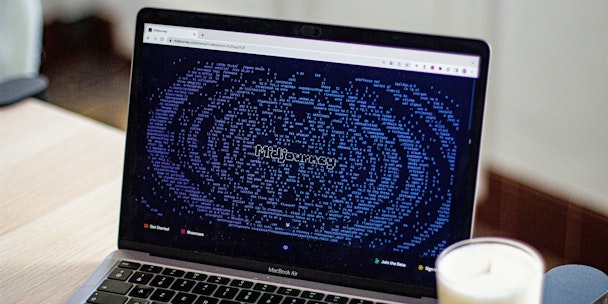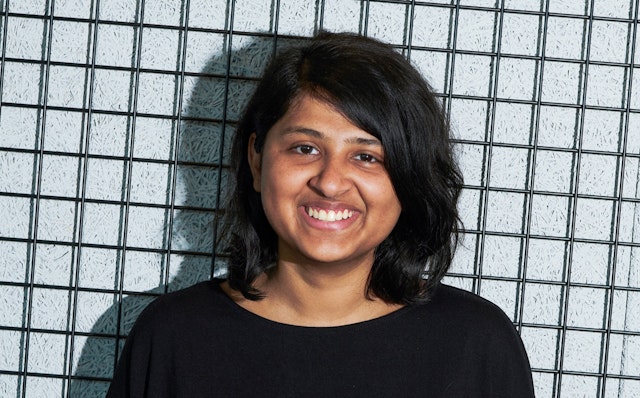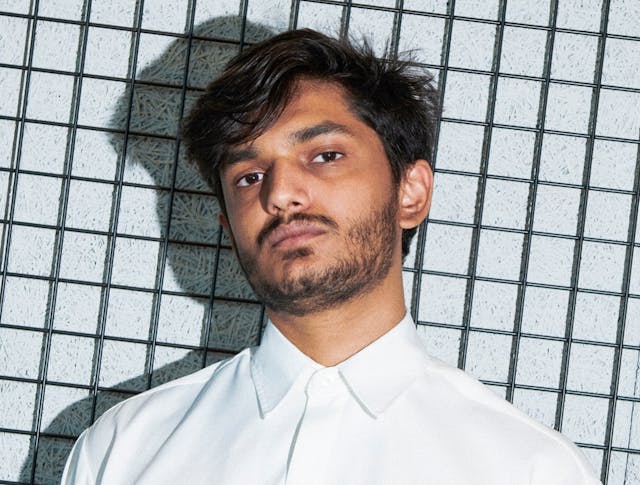Top creatives share how they’re grappling with AI use at agencies
We speak to top copywriters and art directors about how they view AI challenges to their profession – and what they think juniors should do to secure their careers.

How should creatives respond to questions raised by AI emergence? / Unsplash
When ChatGPT was released in late 2022, initial suggestions that it could challenge the primacy of authors, journalists or advertising copywriters were scotched. The tool made up facts, veered wildly off-subject and took paragraphs to answer questions that should only take a sentence.
But developer OpenAI has continued to tinker with the tool and the ad industry has continued to embrace it. Just last month, AI marketing services firm Pencil found AI-generated copy more effective in Facebook ads than words penned by people.
Advertisement
Pencil’s experiment focused on written copy in Facebook product ads rather than big-budget creative. Despite widely held concerns that the tech could cannibalize copywriting jobs, that doesn’t mean professional creatives are ignoring the tech.

Shruthi Subramanian of Serviceplan Munich (above) was named the most-awarded copywriter in the world in The Drum’s World Creative Rankings. She says the tools can be put to good use, albeit with caution.
“What I’ve learned from using AI tools is to hold on to your curiosity, meticulously fact-check everything, never give up on your empathy and don’t ignore the bias,” she tells The Drum.
Hakuhodo copywriter Taro Taniwaki, the second-most awarded in the global industry, goes further. He says applications such as ChatGPT can be “a great tool that reinforces copywriters’ abilities.”
“I have used ChatGPT and other AI services for the last couple of years and my impression towards them is that they are really good at coming up with ‘correct’ ideas that properly answer the brief,” he says.
Advertisement
Gabriel Lepesteur, creative director at We Are Social, argues that the emergence of AI tools puts the onus on writers and creatives to spend more time researching and thinking hard about the words they’re choosing.
“I feel that AI will reduce research time and free up space for what really makes a difference: ideas – and how they holistically work,” he says. “On the other hand, if working with AI, we’ll need to be more careful to deliver truthful information and unique messages for the brands we work with. We, as copywriters, will have to keep seeking out unseen and culturally meaningful insights. Being authentic and challenging briefs and formats will always be important to stay relevant in this industry.”
Designers and art directors have been grappling with similar questions due to the emergence of image-generating AI tools such as Stable Diffusion or Midjourney. Copyright concerns mean the latter is not used to create live digital assets, but many agencies have come to deploy it as a storyboard tool.

Subramanian’s Serviceplan Munich colleague Rohil Borole (above), rated one of the best art directors in the World Creative Rankings, says: “Nailing how we speak with both people and machines is key.”
Suggested newsletters for you
For those just beginning their careers, Borole says: “When we’re crystal clear in expressing ourselves, it helps us team up better. Embracing this mix of human and machine collaboration is crucial to evolve as a creative and set a new benchmark.”
Fellow Serviceplan art director Kai West Schlosser suggests creatives should “become fluent in AI and fall in love with craft – never lose focus of it.”
For Taniwaki, AI tools are best deployed as a springboard or as a means of better defining a creative idea. “What we copywriters can do is to use them as a springboard and mix them with our personal tastes, experiences, prejudices, beliefs, and all the other things that are unique to us,” he says.
“Innovative ideas that change the world are often ridiculous and not really ‘correct,’ but are really unique and have the power to include everyone and the world to achieve something big. Everyone is different and original. This spice of uniqueness could be the key for copywriters to co-prosper with AI.”

